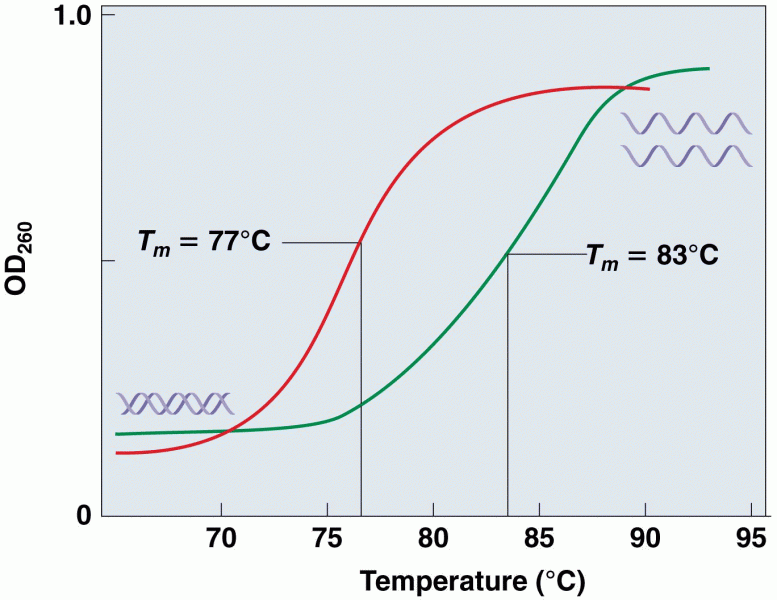Answer to Question 1
E
Answer to Question 2
1. Key inputs for income statement computations are:
January February March
Beginning inventory
Production
Goods available for sale
Units sold
Ending inventory 0
1,400
1,400
1,300
100 100
1,375
1,475
1,375
100 100
1,430
1,530
1,455
75
The budgeted fixed manufacturing cost per unit and budgeted total manufacturing cost per unit under absorption costing are:
January February March
(a) Budgeted fixed manufacturing costs
(b) Budgeted production
(c) = (a) (b) Budgeted fixed manufacturing cost per unit
(d) Budgeted variable manufacturing cost per unit
(e) = (c) + (d) Budgeted total manufacturing cost per unit 490,000
1,400
350
950
1,300 490,000
1,400
350
950
1,300 490,000
1,400
350
950
1,300
(a) Variable Costing
January 2014 February 2014 March 2014
Revenuesa 4,550,000 4,812,500 5,092,500
Variable costs
Beginning inventoryb
0 95,000
95,000
Variable manufacturing costsc 1,330,000 1,306,250 1,358,500
Cost of goods available for sale
Deduct ending inventoryd 1,330,000
(95,000) 1,401,250
(95,000) 1,453,500
(71,250)
Variable cost of goods sold
Variable operating costse
Total variable costs 1,235,000
942,500
2,177,500 1,306,250
996,875
2,303,125 1,382,250
1,054,875
2,437,125
Contribution margin
Fixed costs
Fixed manufacturing costs
Fixed operating costs
Total fixed costs
Operating income
490,000
120,000
2,372,500
610,000
1,762,500
490,000
120,000
2,509,375
610,000
1,899,375
490,000
120,000
2,655,375
610,000
2,045,375
a 3,500 1,300; 3,500 1,375; 3,500 1,455
b ? 0; 950 100; 950 100
c 950 1,400; 950 1,375; 950 1,430
d 950 100; 950 100; 950 75
e 725 1,300; 725 1,375; 725 1,455
(b) Absorption Costing
January 2014 February 2014 March 2014
Revenuesa
Cost of goods sold
Beginning inventoryb
0 4,550,000
130,000 4,812,500
130,000 5,092,500
Variable manufacturing costsc 1,330,000 1,306,250 1,358,500
Allocated fixed manufacturing costsd 490,000 481,250 500,500
Cost of goods available for sale 1,820,000 1,917,500 1,989,000
Deduct ending inventorye (130,000) (130,000) (97,500)
Adjustment for prod. vol. var.f 0 8,750 U (10,500) F
Cost of goods sold 1,690,000 1,796,250 1,881,000
Gross margin 2,860,000 3,016,250 3,211,500
Operating costs
Variable operating costsg 942,500 996,875 1,054,875
Fixed operating costs 120,000 120,000 120,000
Total operating costs 1,062,500 1,116,875 1,174,875
Operating income 1,797,500 1,899,375 2,036,625
a 3,500 1,300; 3,500 1,375; 3,500 1,455
b ? 0; 1,300 100; 1,300 100
c 950 1,400; 950 1,375; 950 1,430
d 350 1,400; 350 1,375; 350 1,430
e 1,300 100; 1,300 100; 1,300 75
f 490,000 490,000; 490,000 481,250; 490,000 500,500
g 725 1,300; 725 1,375; 725 1,455
2. Absorption-costingoperating income Variable costingoperating income = Fixed manufacturingcosts inending inventory Fixed manufacturingcosts inbeginning inventory
January: 1,797,500 1,762,500 = (350 100) 0
35,000 = 35,000
February: 1,899,375 1,899,375 = (350 100) (350 100)
0 = 0
March: 2,036,625 2,045,375 = (350 75) (350 100)
8,750 = 8,750
The difference between absorption and variable costing is due solely to moving fixed manufacturing costs into inventories as inventories increase (as in January) and out of inventories as they decrease (as in March).







